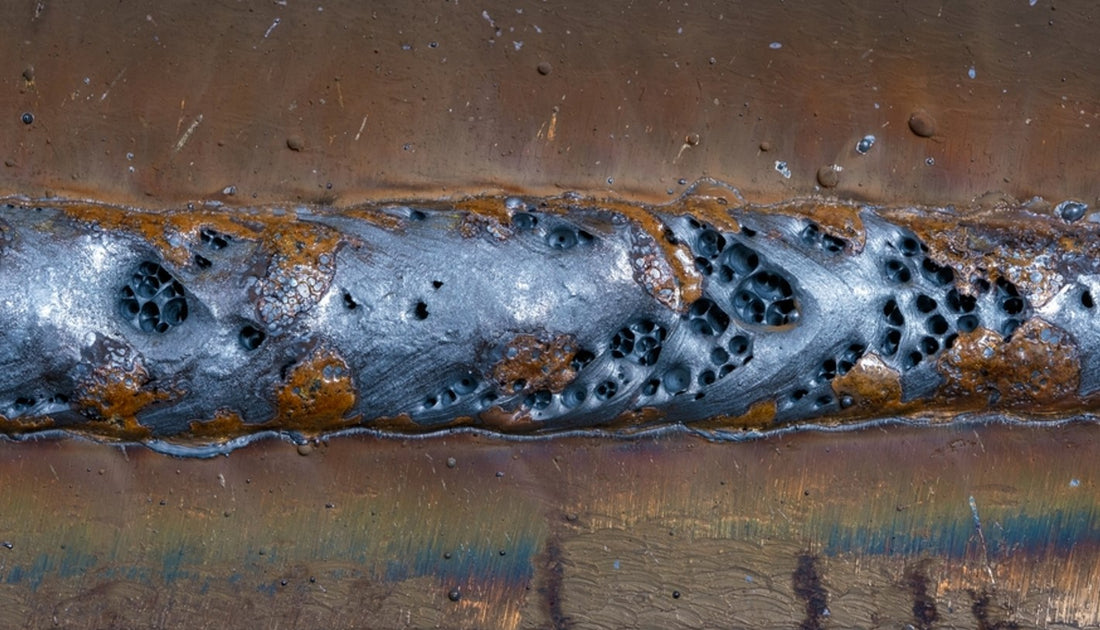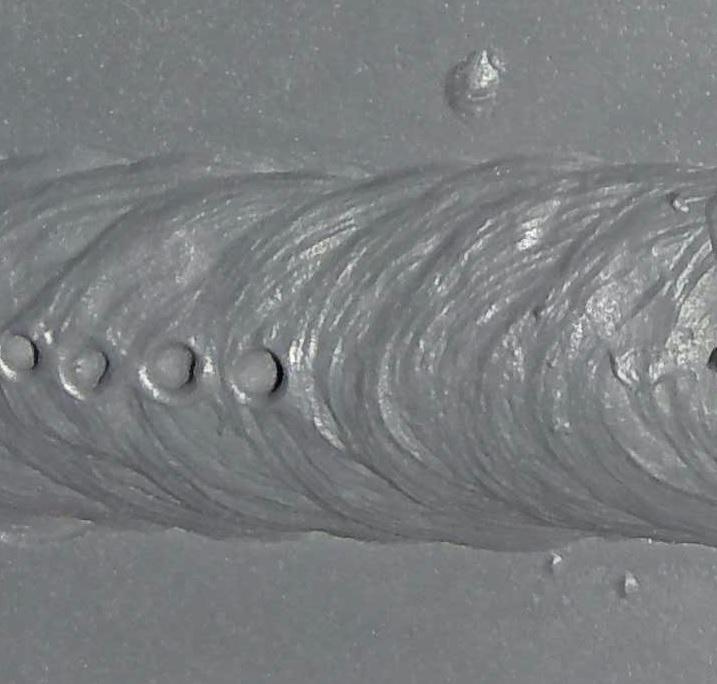Comprehending Porosity in Welding: Discovering Causes, Results, and Prevention Methods
As specialists in the welding market are well conscious, recognizing the causes, results, and prevention techniques related to porosity is essential for accomplishing robust and reliable welds. By diving into the root triggers of porosity, examining its destructive results on weld high quality, and checking out efficient avoidance approaches, welders can improve their understanding and abilities to produce high-grade welds consistently.
Typical Root Causes Of Porosity
Contamination, in the type of dirt, oil, or corrosion on the welding surface area, creates gas pockets when warmed, leading to porosity in the weld. Improper shielding takes place when the protecting gas, frequently made use of in procedures like MIG and TIG welding, is unable to completely safeguard the liquified weld swimming pool from reacting with the bordering air, resulting in gas entrapment and succeeding porosity. Furthermore, inadequate gas coverage, usually due to wrong flow prices or nozzle positioning, can leave components of the weld unguarded, enabling porosity to form.
Effects on Weld Top Quality
The presence of porosity in a weld can significantly compromise the total quality and stability of the bonded joint. Porosity within a weld develops voids or cavities that deteriorate the structure, making it a lot more prone to fracturing, rust, and mechanical failing.
In addition, porosity can hinder the effectiveness of non-destructive testing (NDT) techniques, making it testing to detect other issues or stoppages within the weld. This can cause significant security problems, particularly in vital applications where the architectural integrity of the bonded parts is extremely important.

Avoidance Techniques Overview
Given the harmful effect of porosity on weld high quality, efficient avoidance methods are important to maintaining the structural integrity of bonded joints. One of the main prevention methods is detailed cleaning of the base products prior to welding. Pollutants such as oil, oil, corrosion, and dampness can add to porosity, so guaranteeing a clean job surface is crucial. Appropriate storage space of welding consumables in dry conditions is also essential to avoid dampness absorption, which can lead to gas entrapment throughout welding. Furthermore, picking the ideal welding specifications, such as voltage, present, and travel rate, can aid decrease the danger of porosity development. Making sure sufficient protecting gas circulation and coverage is an her explanation additional important prevention strategy, as inadequate gas coverage can result in climatic contamination and porosity. Correct welder training and certification are essential for executing precautionary procedures properly and constantly. By integrating these avoidance techniques right into welding techniques, the occurrence of porosity can web be dramatically reduced, resulting in more powerful and much more reputable bonded joints.
Relevance of Appropriate Shielding
Proper shielding in welding plays an important duty in protecting against atmospheric contamination and ensuring the integrity of bonded joints. Shielding gases, such as argon, helium, or a combination of both, are generally used to shield the weld swimming pool from responding with aspects in the air like oxygen and nitrogen. When these responsive components come into call with the warm weld pool, they can trigger porosity, leading to weak welds with decreased mechanical residential or commercial properties.

Inadequate shielding can cause different defects like porosity, spatter, and oxidation, endangering the structural integrity of the bonded joint. Adhering to correct shielding techniques is crucial to produce top quality welds with marginal issues and guarantee the long life and reliability of the bonded components.
Surveillance and Control Approaches
Just how can welders effectively check and regulate the welding process to make certain ideal outcomes and prevent issues like porosity? By continually monitoring these variables, welders can recognize variances from the optimal conditions and make prompt look at here now adjustments to protect against porosity development.

Additionally, implementing correct training programs for welders is essential for checking and regulating the welding process effectively. What is Porosity. Educating welders on the relevance of keeping constant criteria, such as appropriate gas shielding and take a trip rate, can help avoid porosity problems. Normal analyses and qualifications can also guarantee that welders excel in monitoring and controlling welding procedures
Furthermore, making use of automated welding systems can enhance tracking and control abilities. These systems can specifically regulate welding parameters, reducing the possibility of human mistake and guaranteeing regular weld quality. By incorporating sophisticated tracking technologies, training programs, and automated systems, welders can successfully keep track of and manage the welding process to decrease porosity defects and attain high-quality welds.
Verdict
